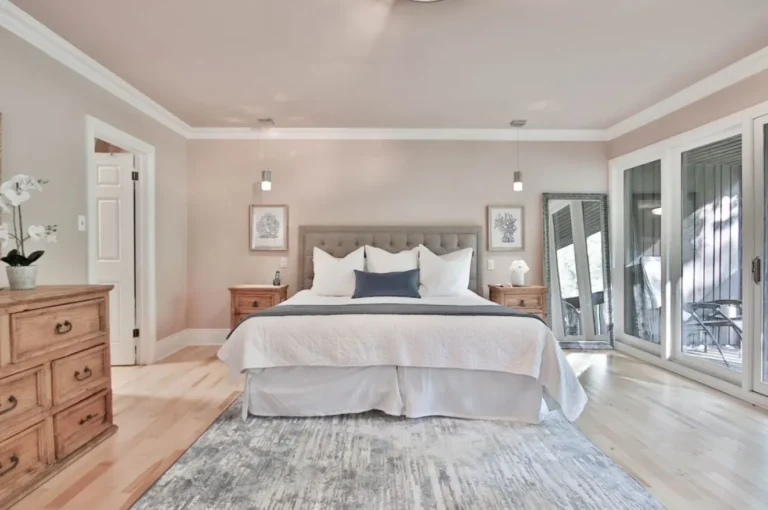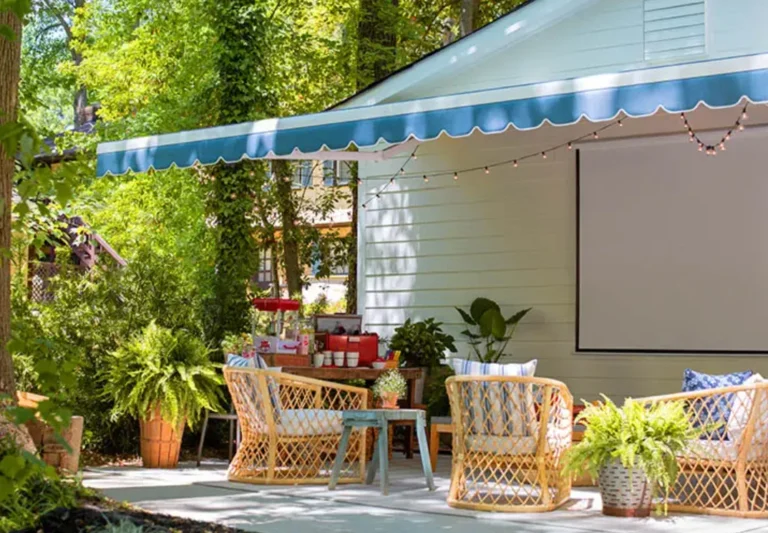How to Pick the Perfect Paint Color for Your Home
Choosing the right paint colour for your home is more important than you might think. The colour you pick can change the mood of a room, make spaces feel bigger or smaller, and even affect how you feel when you’re in the room. But with so many colours to choose from, it can be overwhelming.
This guide will help you understand how to pick the perfect paint colour for your home, covering everything from colour theory to testing samples.
Understanding the Basics of Color Theory
Colour theory starts with understanding the colour wheel. The primary colours are red, blue, and yellow. These are the foundation colours from which all others are made. Secondary colours, like green, orange, and purple, are created by mixing two primary colours. Tertiary colours are formed by mixing a primary colour with a secondary colour, leading to more complex shades like red-orange or blue-green.
Warm vs. Cool Colours
Warm and cold colours are common. Oranges, yellows, and reds are warm, they can make a room feel cosy and inviting. These colours are often used in living rooms and dining areas where you want to create a welcoming environment.
Cool colours, like blues, greens, and purples, have the opposite effect. They make spaces feel calm and relaxed, making them ideal for bedrooms and bathrooms where a serene atmosphere is desired.
The Role of Neutrals in Home Design
Neutrals like white, beige, and grey play an essential role in home design. They are versatile and can complement almost any colour scheme. Neutrals can be used as a base colour to balance out bolder shades or stand alone for a clean, timeless look. Many homeowners choose neutral colours for their walls to create a sense of openness and simplicity.
Considering the Room’s Function and Mood
When choosing colours for residential home painting, it’s important to consider how different shades can impact the overall atmosphere and feel of each room in your house.
Living Room
The living room is often the social hub of the home. For this reason, it’s important to choose a colour that fosters relaxation and socialisation. Warm colours like soft beige, muted reds, or even a light tan can create a cosy atmosphere. If you prefer a more modern look, consider cooler colours like grey or light blue. These colours add a sophisticated, calming touch to the space.
Bedroom
The bedroom should be a place to relax. Choose relaxing colors to achieve this. To make a calm space, these colours are great choices:
- Soft blues
- Pale greens
- Subtle purples
If you enjoy darker colours, deep shades like navy or forest green can make the room feel cosy and intimate without feeling too overwhelming.
Kitchen and Dining Area
Kitchens and dining rooms are often the heart of the home, where families gather to eat and chat. Warm colours can make spaces feel lively and inviting like:
- Soft yellows
- Muted reds
- Pale orange
These colours also have a stimulating effect, which is great for encouraging conversation and enhancing appetite. If your kitchen features a lot of white or stainless steel, adding a splash of colour on the walls can create a more welcoming atmosphere.
Bathroom
Bathrooms should feel fresh and clean, light colours can help achieve this effect such as:
- Pale blue
- Soft grey
- Crisp white
These lighter shades also work well in small bathrooms because they make the space feel larger. For a spa-like atmosphere, consider using colours that evoke tranquillity, such as soft greens or light lavenders.
Taking Natural and Artificial Lighting into Account
Natural light can change throughout the day, which affects how your paint colour looks. For instance, rooms with north-facing windows get cooler, softer light, making colours appear darker. South-facing rooms, however, get more sunlight, which makes colours look brighter.
Artificial lighting also impacts colour, incandescent bulbs cast a warm, yellow light, which can make warm colours look more intense and cool colours seem muted. LED lights come in a range of temperatures, from warm to cool, allowing you to control how the colour appears at night. It’s essential to test paint samples under the lighting conditions of your room to see how they look at different times of day.
Matching Paint Colors with Existing Décor
Your paint colour should harmonise with your existing décor. Start by considering the colours of your furniture, fabrics, and accessories. If you have a neutral sofa and rug, you might choose a boulder wall colour to add interest. On the other hand, if your furniture is colourful, a neutral wall colour might be best to avoid overwhelming the space.
Floors also matter. If you have dark hardwood floors, lighter wall colours can provide contrast and brighten the room. Conversely, if your floors are light, darker walls can add warmth and depth.
Testing Paint Samples Before Committing
Never skip the step of testing paint samples. Even if a colour looks perfect on a swatch or in a store, it might not look the same on your walls. Paint a small section of your wall and observe it over a few days. Pay attention to how it looks in the morning, afternoon, and evening. This way, you can see how the colour changes with the light and make sure it’s right for your room.
Following Current Trends While Staying Timeless
While it’s tempting to follow the latest colour trends, it’s important to choose a colour that you’ll love for years to come. Trends come and go, but your walls are something you’ll live with every day. If you want to incorporate a trendy colour, consider using it in smaller doses, like an accent wall or in a room where you can easily repaint.
For a timeless look, stick with classic colours that never go out of style. Neutrals, soft blues, and greys are all great choices that work well in various styles of homes.
Finalise Your Colour Choice
After considering all these factors, trust your instincts. If a colour makes you feel happy and comfortable, it’s probably the right choice. However, if you’re still unsure, don’t hesitate to seek professional advice. Interior designers or colour consultants can provide expert guidance and help you make the final decision.






